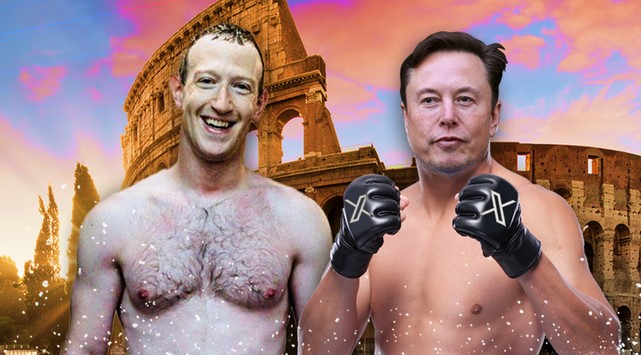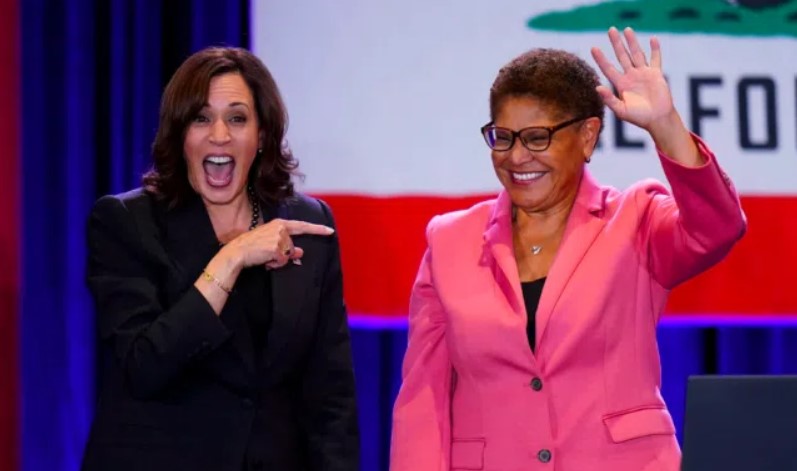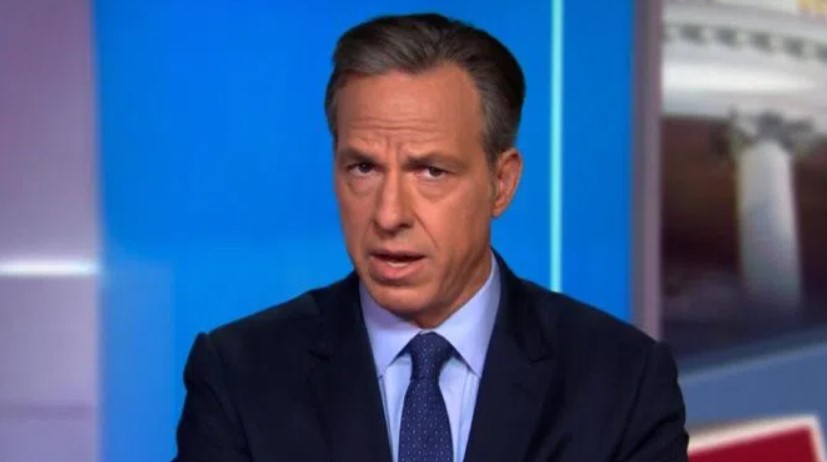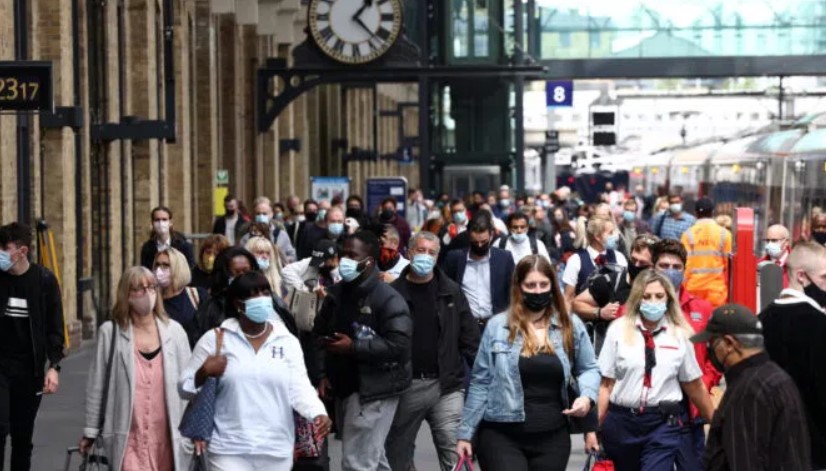Trump’s hush money trial makes big money for professional line-standers

Some moms get flowers for Mothers Day; Paige Singh got to see Donald Trump on trial.
The Bay Area mom, in town from California to accompany her husband on business, snagged a spot on Tuesday for what has quickly become one of the hottest tickets in New York City, thanks to her husband and the professional line-stander he hired as a Mothers Day gift to hold a spot for her in the queue outside the courthouse.
“My husband? He thinks it’s crazy,” she said. And her kids “just laugh.”
But for Singh, the hundreds of dollars she sent via Zelle to a stranger holding her place outside the Manhattan Criminal Courthouse was well worth the chance to see the former president of the United States on trial.
The paid place-holding went so well that Singh, who also attended part of E. Jean Carroll’s defamation suit against Trump, changed her travel plans to squeeze in an extra day at the court.
“It was so easy so I thought, ‘Maybe I’ll go Tuesday.’ So I changed my flight,” she said.
Professional line-standers are a growing part of the gig economy. But the criminal trial of a former president accused of making hush money payments to a porn star trial has translated into a windfall for people paid to wait and who as the trial goes on, have increasingly been hired by members of the general public with no stake in the trial — other than curiosity.
“We’ve definitely had to staff up,” said Robert Samuels, who runs Same Ole Line Dudes, which bills itself as “New York’s Premier Professional Line Sitting Company.”
For the Trump trial, Samuels doubled his prices, expanded his stable of standers from 26 to 32, and has been too busy to watch the “Bridgerton” episodes he loaded on his iPad to pass the time during waits.
Admission to the court is free, of course, but it is first-come-first-served and seating is limited. The first person in line Wednesday morning had paid $1,800 to have someone else hold that spot. A little further back in line, a woman was offering up her spot for $450.
“This is a unique experience that you can only see here,” Samuels said.
In New York, professional line-standers are more familiar working the queues of restaurants that don’t take reservations, ticket booths, sample sales, book signings, pop-events and new product launches — anywhere that someone with more money than time might want to pay someone to wait.
“Skip the queues and enjoy your time in the big city!” reads the page advertising line-standing services on TaskRabbit, the gig work platform. “Even the DMV can be conquered with help from Taskers!”
In Washington, line-standers have long been a quiet but essential cog of the influence economy, where lobbyists and lawyers who charge their clients hundreds of dollars an hour hire others for $60 an hour (for a three-hour minimum) to wait in line and secure spots for them at congressional hearings and major court cases.
One legal courier company touts its “high quality line standing services for Congressional hearings or other events” while another boasts they’ve “helped our clients get very difficult to obtain seats for hearings on Energy, Telecommunications, Broadcasting, Health Care, Banking, Congressional Ethics, and more.”
Elsewhere, line-standers, like their rideshare-driving brethren, convene on big events, like billionaire Warren Buffett’s annual meeting in Omaha, which can attract twice as many people as there are seats. Hiring someone to wait in line is “probably what I would do” to get in, Buffett himself said in 2017, according to the Wall Street Journal.
Aside from lawyers, media outlets are also a bread-and-butter client of those who wait on lines, given the limited space at high-profile trials and the imperative for reporters to be in the room for proceedings that are not televised.
But the Trump trial, especially during this past week’s star witness testimony from Trump’s former “fixer” Michael Cohen, has led ordinary Americans to hire professional line-sitters like never before.
One woman — a lawyer and self-described “political junkie” who declined to give her name — ended up paying $750 for someone to hold a spot in line for her overnight after trying to get in line herself the previous day. When she showed up the first time, she realized she was already too late and would not make it inside. It was 4 a.m.
On TaskRabbit, several New York City line-standers specifically advertise the Trump trial in their bios, while several others have posted photos from the trail or show work histories suggestive of working the Foley Square courthouse as well. (They’ve been booked most days for weeks, except Wednesdays, when the trial breaks.)
“We’ve done other trials, but nothing compares to what this has been,” said Samuels, whose “line dudes” can be spotted outside the courthouse in their signature black and yellow baseball caps. “Now, we have the whole general public contingent that we’ve never done with other trials.”
He’s worked on plenty of high-profile trials before. But no one who didn’t have a professional need to was paying to see Jeffry Epstein accomplice Giselle Maxwell, fraudster crypto mogul Sam Bankman-Fried, or disgraced Hollywood producer Harvey Weinstein.
For the Trump trial, Samuels doubled his typical trial rate, from $25 to $50 an hour, given heightened demand and the potential security risks that are not present when waiting for limited edition Nikes or primo “Hamilton” tickets.
There have been reports of scuffles and disputes between paid line-standers and civilians during the dark overnights, which Samuels blamed on wildcat line-standers who get in line without specific clients or try to buy spots from others who are already there, hoping to flip them for profit.
He frowns on that kind of wheeling and dealing and thinks it calls negative attention to an industry that is already viewed negatively by many.
“It’s like if you’re a plastic surgeon and you go by the book and have all the licenses and then there’s somebody doing botched butt implants in their basement. You’re going to look down on that,” he said.
Professional line-standing has been controversial, especially in Washington, where critics argue that the wealthy and powerful should have to wait in line like everyone else.
The Supreme Court’s visitor policy explicitly states that “‘line standers’ are not permitted” in the queue for members of the Supreme Court Bar, and it asks the general public to “not hold a space for others who have not yet arrived.”
But those policies are frequently flouted. SCOTUSBlog spotted at least a dozen “suits” switching places with line-standers one morning in 2020 just after sunrise — and just before the Supreme Court’s police officers came around to start distributing tickets.
Former Sen. Claire McCaskill, a Democrat from Missouri, even once tried to outlaw paid line-standing on Capitol Hill, saying in 2007: “We need to make sure this place is available to the people who own it and that’s the people of this country, not the lobbyists.” But the “Get in Line Act” went nowhere.
Outside the Manhattan courthouse, while the professional line-standers appear to comprise a sizable portion of the queue any given morning during the Trump trial, there are also some brave citizens doing it themselves.
Jim Neely, a 70-year-old retiree from Johnstown, Pennsylvania, said he got in line at 10 p.m. to secure a spot for the next day.
“I wanted to be part of history, see it in the making right before my eyes and try to remember the visceral as well as the intellectual bits and pieces that don’t come through from the airwaves,” said Neely, who said he used to be a “dyed in the woll Republican” before Trump.
He said the overnight was “not a bad experience,” even though the plastic sheet he brought proved to be less waterproof than expected when it started to rain. He’s already planning to come back for the trials closing arguments — and he won’t be paying anyone else to wait for him.
“I’m going to do it again,” he said




